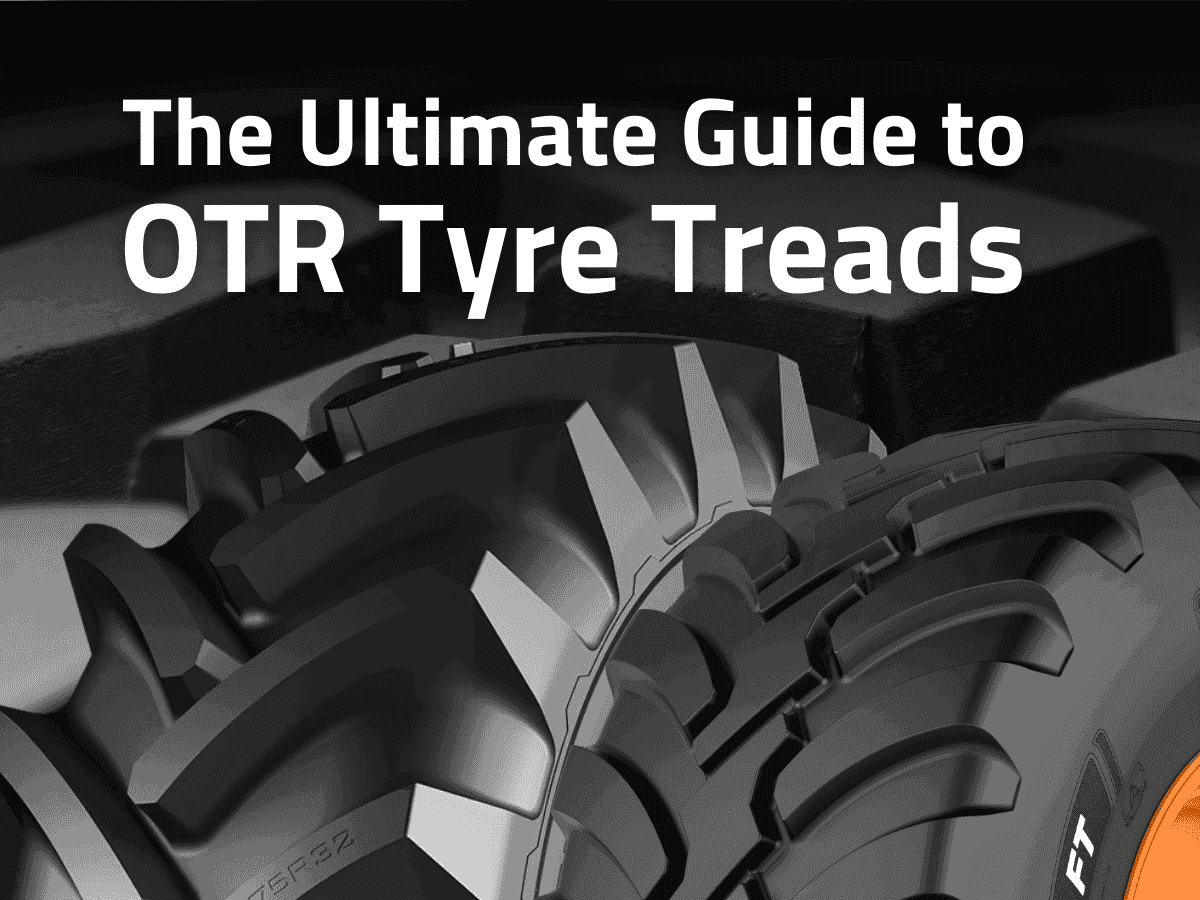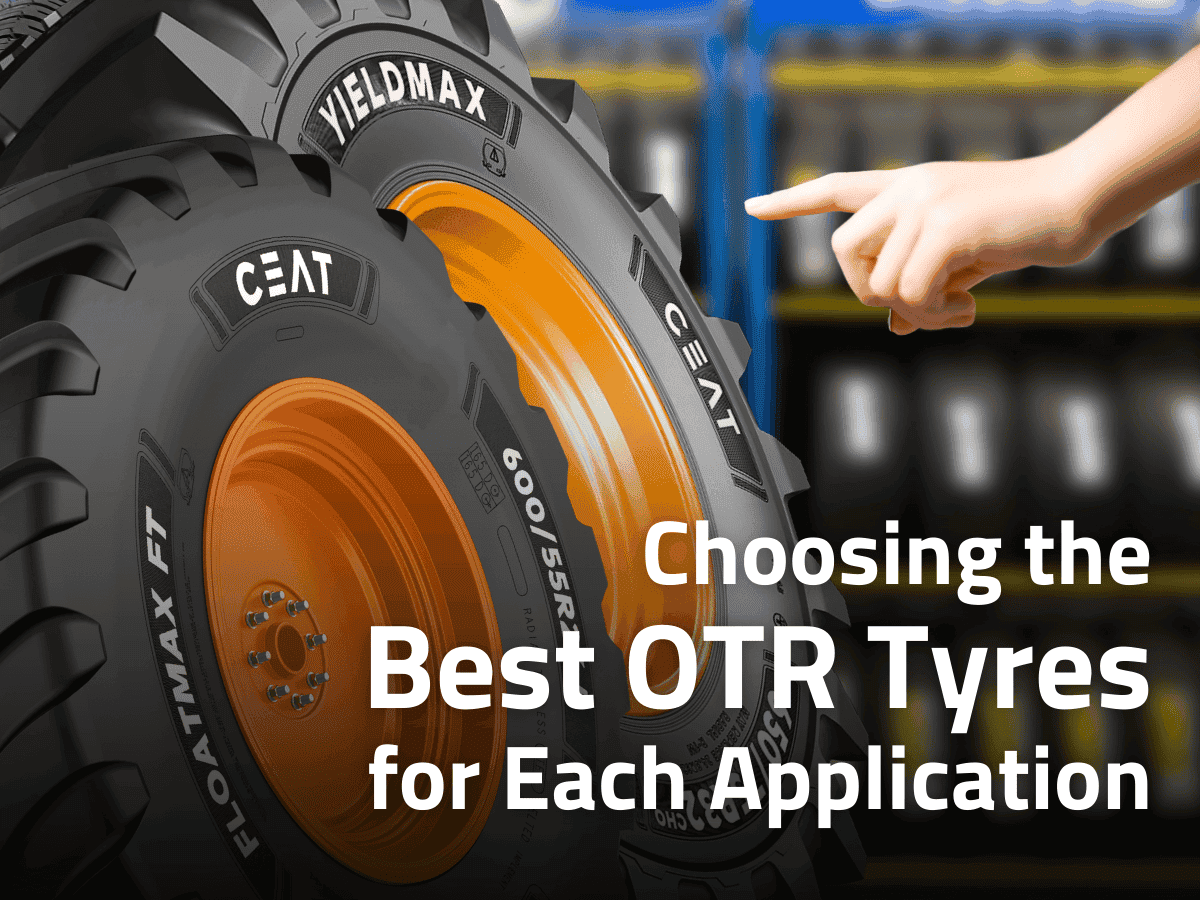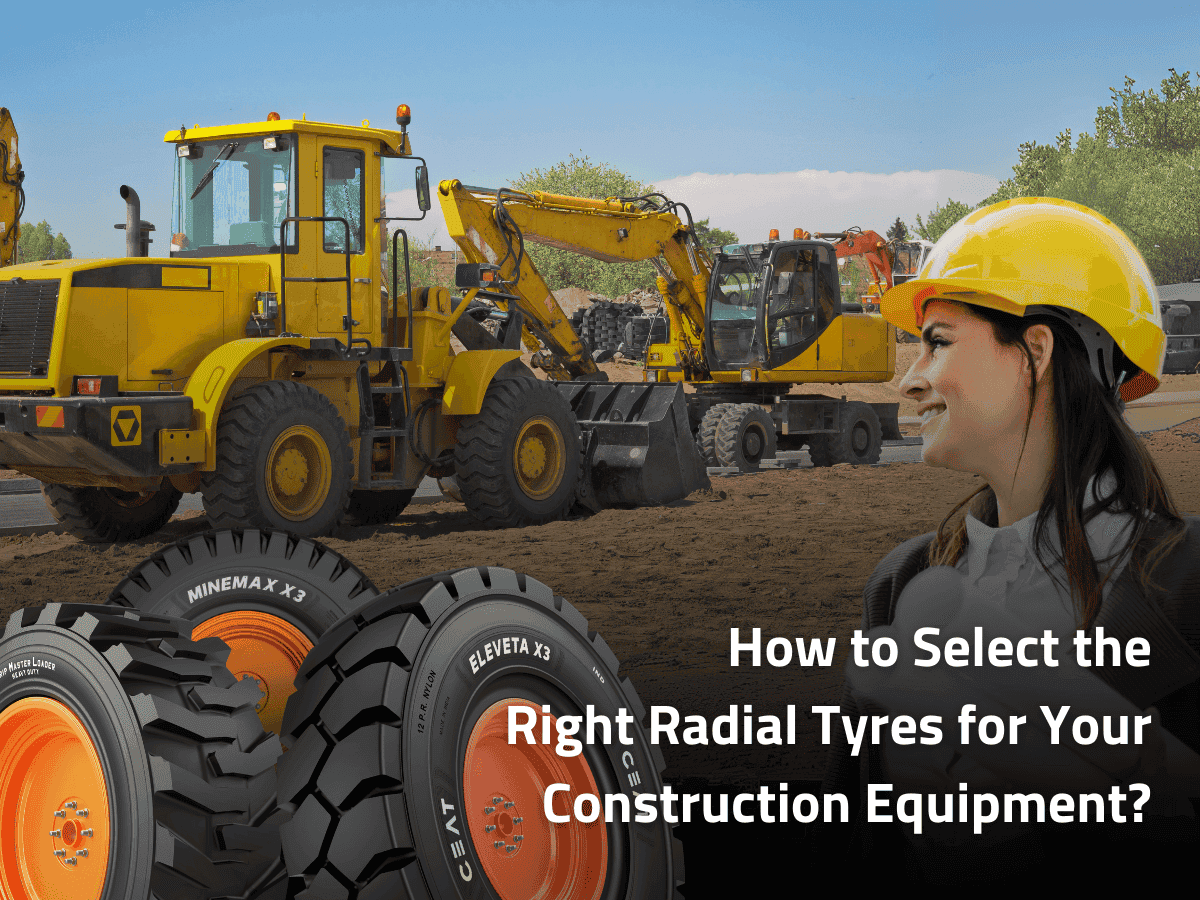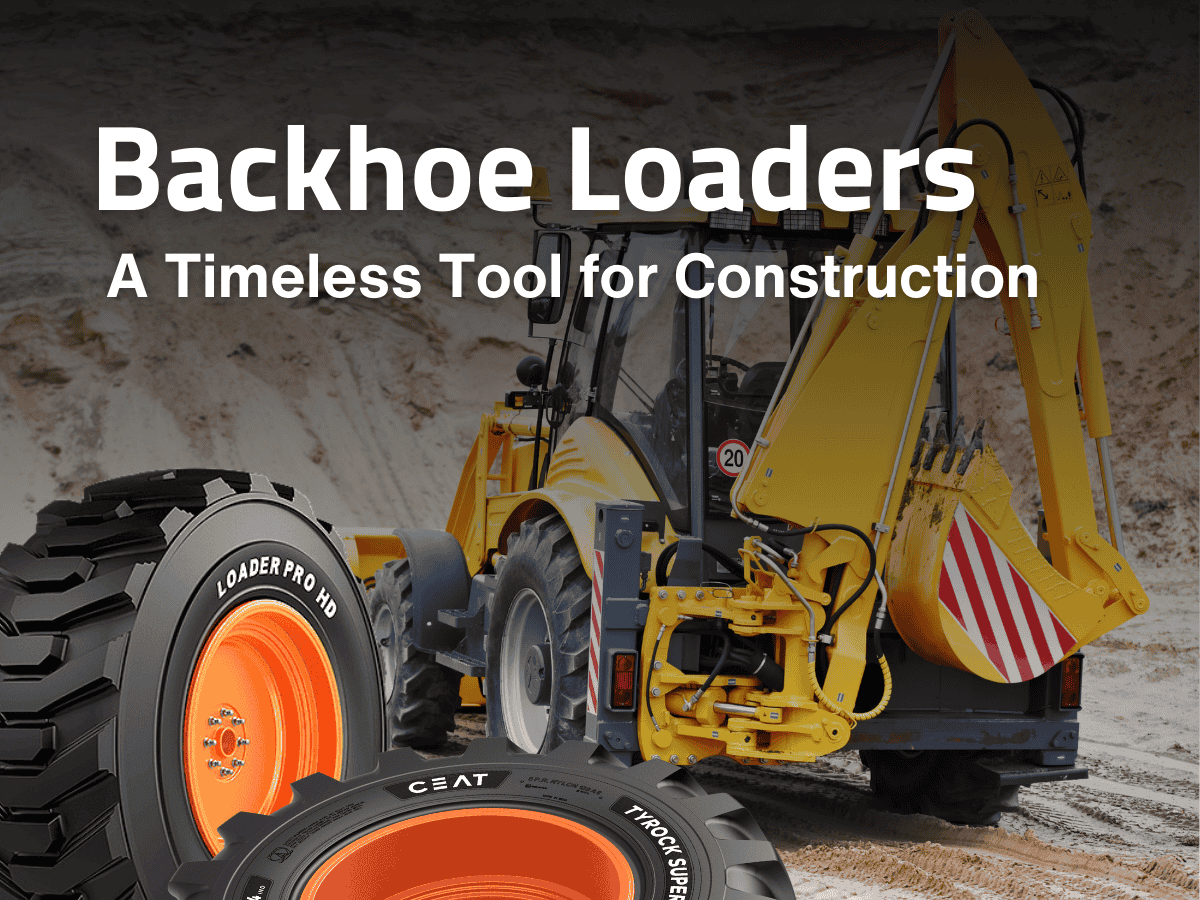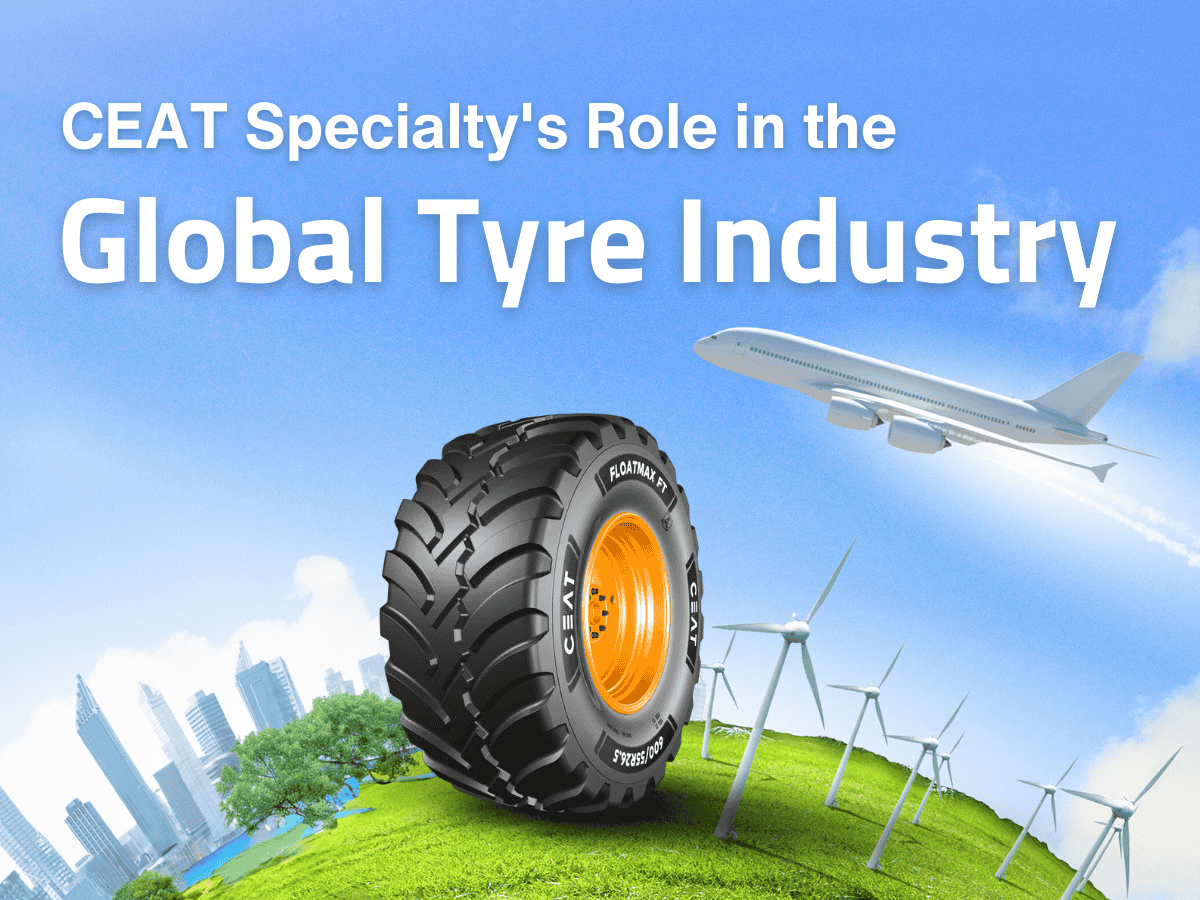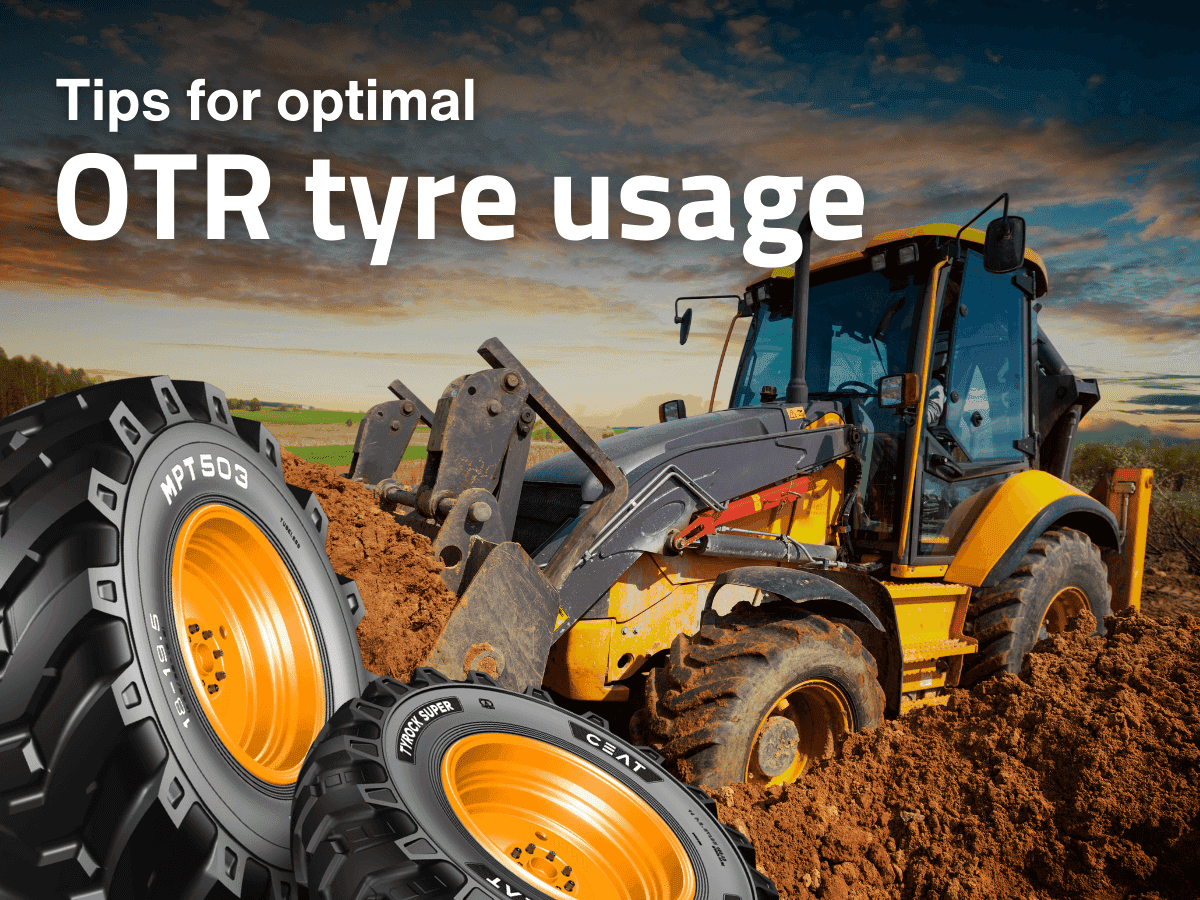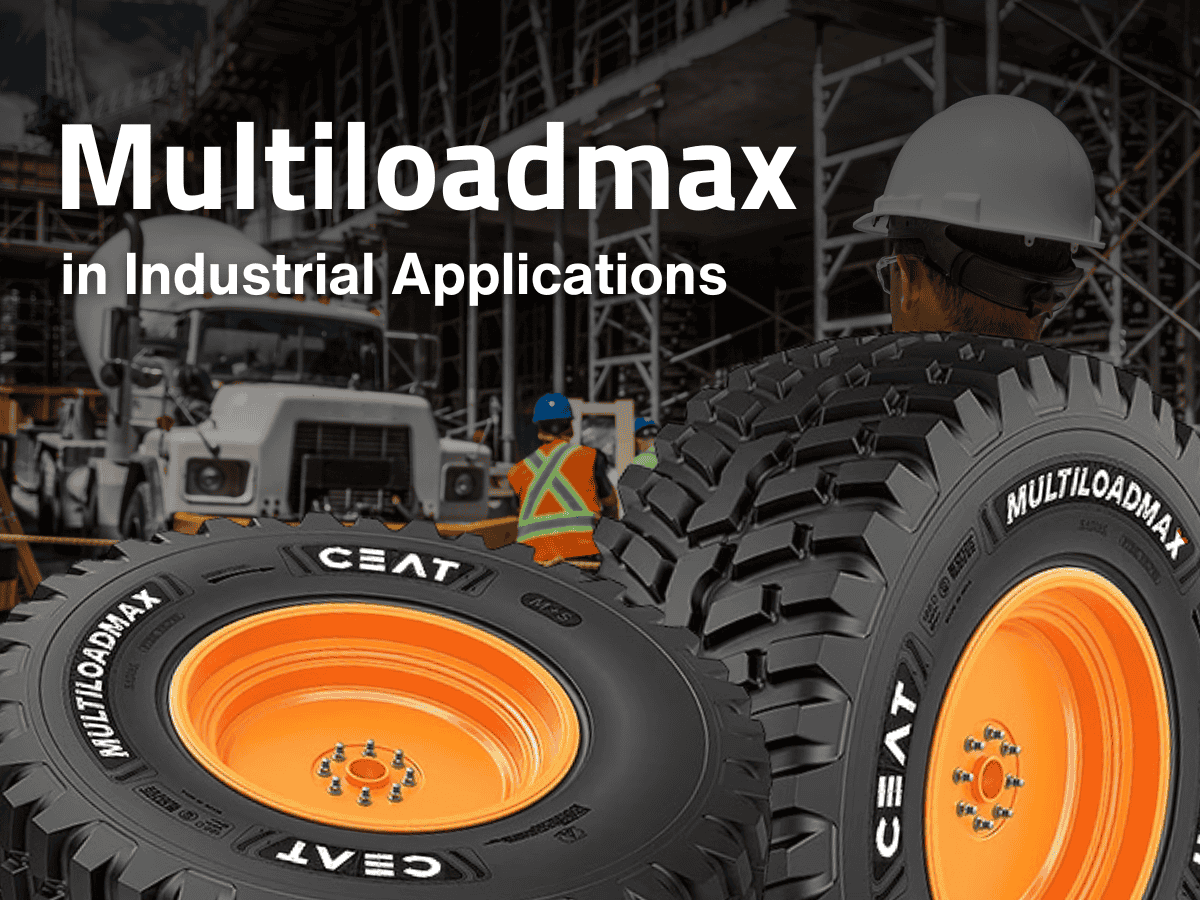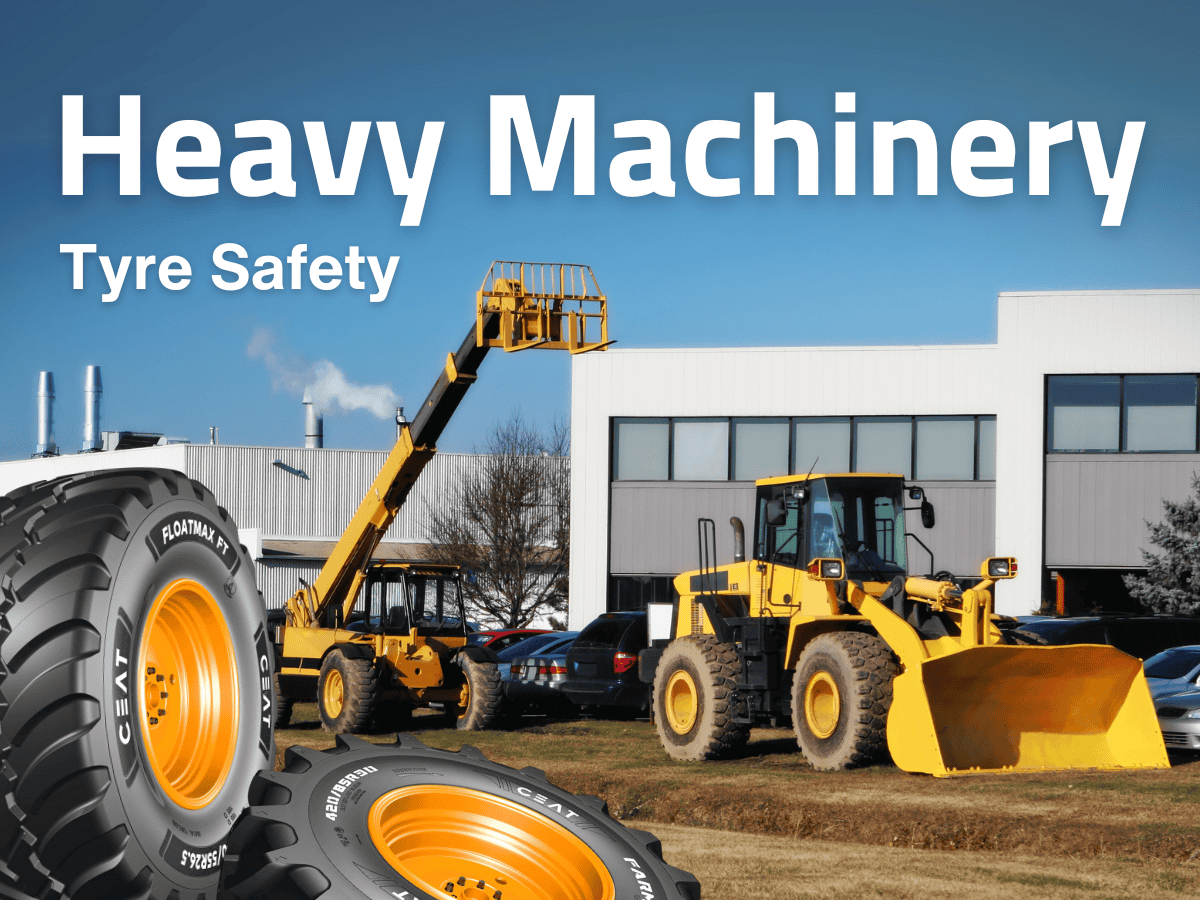ceat-speciality:blogs-tags/all,ceat-speciality:blogs-tags/construction-&-industrial
Choosing the Best OTR Tyres for Each Application
Fri, 14 Feb 2025 | PRODUCTS
What is the secret to maximising productivity and minimising costs in mining, construction, or agriculture? It might just be your tyres. Off-the-Road (OTR) tyres are critical, but are you choosing the right ones? Selecting the perfect OTR tyre can dramatically impact equipment performance, safety, and your bottom line. But with so many options, how do you choose?
In this comprehensive guide, we will walk you through the key factors to consider when choosing the best OTR tyres for each application. Whether you are involved in mining, construction, or agriculture, understanding your specific needs and tyre characteristics will help you make an informed decision.
Understanding OTR Tyres
Off-the-Road (OTR) tyres are designed for heavy-duty, off-highway machinery. They are commonly used in industries that require equipment to perform in rugged, unstable, or extreme conditions. These tyres are built to withstand high loads, uneven surfaces, rough terrains, and varying weather conditions. OTR tyres are used in mining trucks, wheel loaders, graders, backhoes, bulldozers, and agricultural vehicles, among others.
The design, tread pattern, material, and size of an OTR tyre are all tailored for specific operational demands. Choosing the right OTR tyre can optimise the performance and longevity of your machinery, reduce downtime, and enhance safety on the job site.
Factors to Consider When Choosing OTR Tyres
1. Application Type and Machinery
The first step in choosing the right OTR tyre is understanding the specific application and the type of machinery you are operating. The requirements for tyres used in a mining truck will differ significantly from those for an agricultural tractor or a construction bulldozer.
- Mining Equipment
Mining machinery often works in harsh environments with rough, uneven surfaces, and in some cases, wet or muddy conditions. Tyres for mining trucks need to be able to support extremely heavy loads while offering durability and traction on rough and rocky terrains.
- Construction Equipment
Construction equipment, such as bulldozers, excavators, and graders, is used on construction sites where surfaces can range from gravel to rough, loose soil. Tyres used for construction machinery should offer excellent traction, stability, and the ability to withstand frequent impacts from debris and sharp objects.
- Agricultural Machinery
Tractors, harvesters, and other agricultural machinery work on soft, uneven, or muddy ground. Tyres for agricultural equipment need to be designed for flotation and traction without sinking into the soil, which requires a wider footprint and a specific tread pattern.
2. Terrain Conditions
Different terrains demand different tyre designs. The type of terrain your equipment operates on will have a significant impact on the tyre's performance.
- Rough and Rocky Terrain
For mining or construction equipment operating on rough, rocky terrain, tyres with a deep, aggressive tread pattern are essential. These tyres offer superior grip and traction, ensuring that the machinery can navigate uneven surfaces without losing control or risking tyre damage. Heavy-duty sidewalls are also important for protecting the tyres from sharp rocks and debris.
- Muddy and Wet Conditions
Agricultural machinery or construction vehicles working in muddy or wet conditions require tyres designed for flotation. These tyres often feature wide treads with a more open pattern to prevent sinking into soft ground. Additionally, tyres that allow for better self-cleaning (the ability to shed mud and dirt) are essential to maintain traction in wet conditions.
- Hard Surfaces and Paved Roads
For machinery used in construction or material handling that operates on hard surfaces or paved roads, the tyre needs to have a tread pattern optimized for durability and fuel efficiency. Smooth tread patterns with strong rubber compounds are best for these applications, as they will reduce wear while providing a comfortable ride.
3. Load Capacity
OTR tyres are designed to handle heavy loads, but the amount of weight they carry varies depending on the machinery and application. For equipment like dump trucks, mining haul trucks, or wheel loaders, tyres with higher load capacities are required to support the enormous weights involved.
When selecting OTR tyres, it is critical to match the load-bearing capacity of the tyre with the operational demands of your equipment. Overloading tyres can lead to premature wear, reduced performance, and even tyre failure. Pay attention to the load index and ply rating of the tyres you are considering to ensure they can handle the expected load.
4. Durability and Wear Resistance
OTR tyres are subjected to extreme conditions, from sharp rocks to heavy impacts and continuous friction. Durability and wear resistance are essential features to look for when selecting tyres for your application. High-quality rubber compounds and reinforced sidewalls are necessary to ensure the tyre can withstand the stress of heavy-duty operations.
- Heavy-duty sidewalls: These provide extra protection against cuts, punctures, and abrasions, which are common in mining and construction sites.
- Rubber compounds: Some tyres feature specially formulated rubber compounds designed to resist wear and tear. These compounds are crucial for equipment used in applications where tyres are subject to abrasive conditions.
In mining or other high-impact environments, consider tyres that are specifically engineered for durability, offering extended tread life and the ability to handle impacts without compromising performance.
5. Tread Pattern
The tread pattern of an OTR tyre significantly impacts its performance, particularly in relation to traction, stability, and handling. Different tread patterns are suited for different applications:
- Open Tread Pattern: Ideal for wet, muddy, or loose surfaces, these tyres offer better self-cleaning capabilities and flotation to prevent sinking in soft ground.
- Closed Tread Pattern: These tyres are best for hard, abrasive surfaces where durability and long wear are important, such as in construction or material handling operations.
- Radial vs. Bias Ply: Radial OTR tyres are known for better heat dissipation, longer lifespan, and greater fuel efficiency. Bias ply tyres, on the other hand, offer more flexibility and better traction, making them ideal for tough terrains and high-impact environments.
Conclusion
Choosing the right OTR tyres for your equipment is an essential decision that can directly impact your machinery’s performance, safety, and longevity. By understanding the specific demands of your application—whether it is mining, construction, agriculture, or material handling—you can select the best tyres that meet your needs.
At CEAT Specialty, we offer a comprehensive range of high-performance OTR tyres tailored for various industries and applications. Our tyres are designed to withstand tough environments, improve fuel efficiency, and provide enhanced durability.


